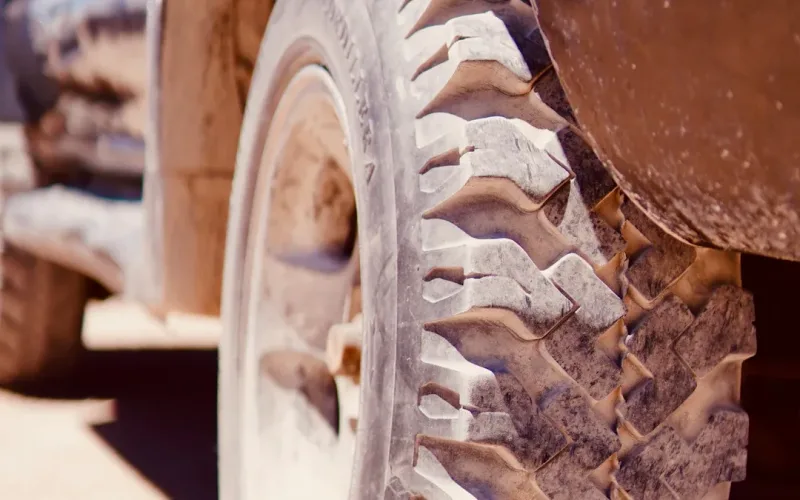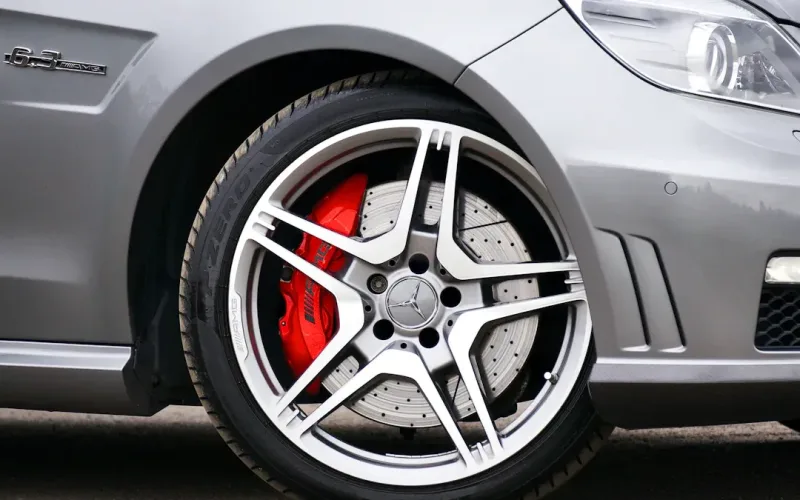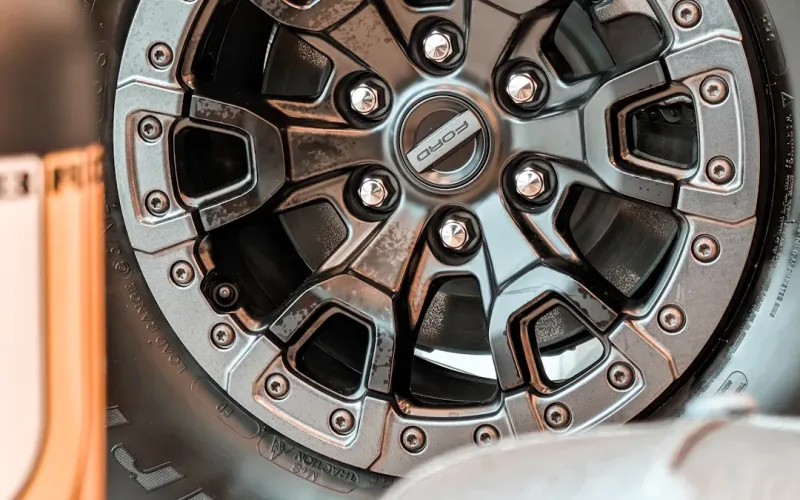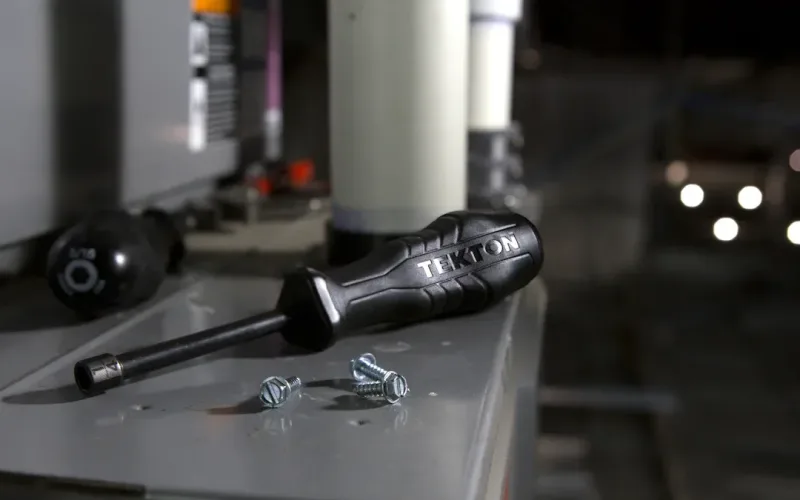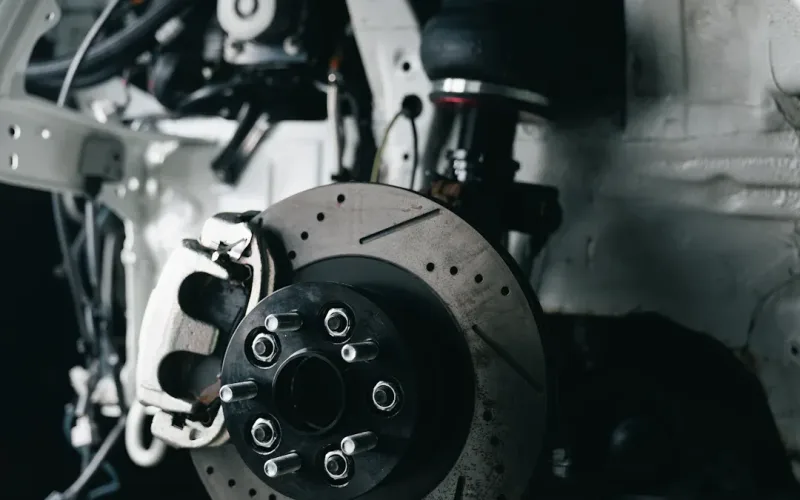

admin1
July 19, 2025
TPMS valve stem options for every city driver
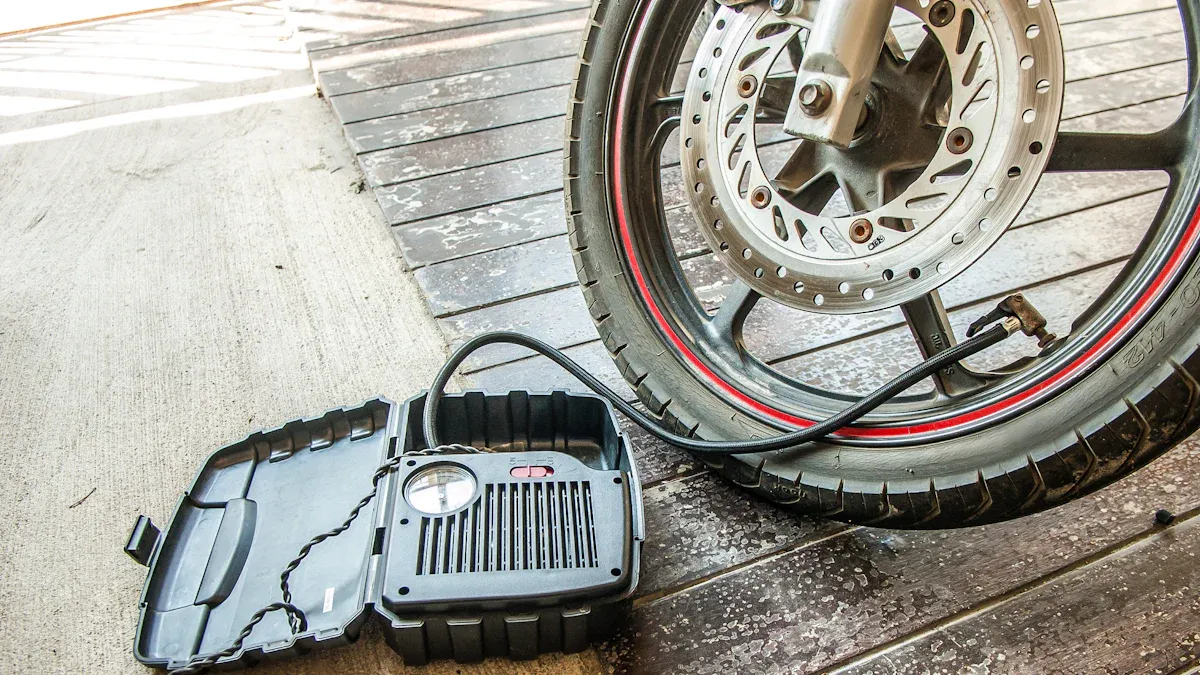
When you drive in the city, you need a tpms valve stem that works every day. Automotive experts often recommend brands like Schrader, Dill, and Fortune (Hinuos) for both factory and aftermarket systems. The table below shows top choices for city drivers:
| Brand | Key Features | Why Experts Recommend |
|---|---|---|
| Schrader | Durable, reliable, OE fit | Long service life |
| Autel | Easy install, universal fit | Simple for most drivers |
| Huf North America | OE quality, wide compatibility | Trusted by many manufacturers |
Choosing the right tpms valve stem helps your tpms system handle frequent stops and starts. Reliable stems mean safer, smoother city driving.
TPMS valve stem quick comparison
Key features and benefits
When you look for TPMS valve stems, you want to know what makes each type special. Metal valve stems, like those from Schrader, Dill, and Fortune (Hinuos), use brass or aluminum. These materials give you a strong and rigid stem. Metal stems can last up to 10 years with good care. They create a tight seal, which helps your tire pressure sensors work well in city traffic. However, you need to check them for corrosion and keep them clean.
Rubber valve stems, also made by Schrader and other brands, use synthetic rubber. These stems are flexible and easy to install. You can replace them quickly with a valve puller tool. Rubber stems resist corrosion better than metal ones, but they do not last as long. Sunlight and heat can make rubber crack or harden, so you should replace them every time you change your tires.
Tip: If you drive in the city and want easy maintenance, rubber valve stems are a smart choice. If you want longer life and a tighter seal, metal stems work best.
Here is a quick table to help you compare:
| Feature | Metal Valve Stems (Schrader, Dill, Fortune) | Rubber Valve Stems (Schrader) |
|---|---|---|
| Material | Brass or aluminum | Synthetic rubber |
| Durability | Up to 10+ years with care | Replace with every tire change |
| Corrosion Resistance | Needs maintenance | Good, but degrades in sunlight |
| Installation | Needs special tools | Easy with valve puller |
| Cost | Higher | Lower |
| Performance | Tighter seal, best for sensors | Flexible, good for daily driving |
Compatibility and price overview
You want your TPMS sensors to fit your wheels and work with your car’s system. Schrader and Dill make valve stems that match many factory tire pressure sensors. Fortune (Hinuos) also offers stems that fit both OEM and aftermarket sensors. Most rubber stems work with many types of sensors, so you can use them on different cars.
Prices for TPMS valve stems can vary. For example, a T-Valve accessory for TPMS sensors costs about $148. Some brands cost less, especially rubber stems, which are more affordable for city drivers. Metal stems cost more, but you do not need to replace them as often. When you choose a valve stem, check if it fits your sensors and your wheels. You want a stem that matches your tire pressure sensor and keeps your sensors working in stop-and-go traffic.
City drivers often share their experiences with different brands. Some drivers like PressurePo for its long-term reliability. Others praise TST Systems for good customer support. A few drivers mention installation issues, but most find that the right valve stem keeps their sensors working well and their tire pressure steady.
Types of TPMS valve stems for city drivers
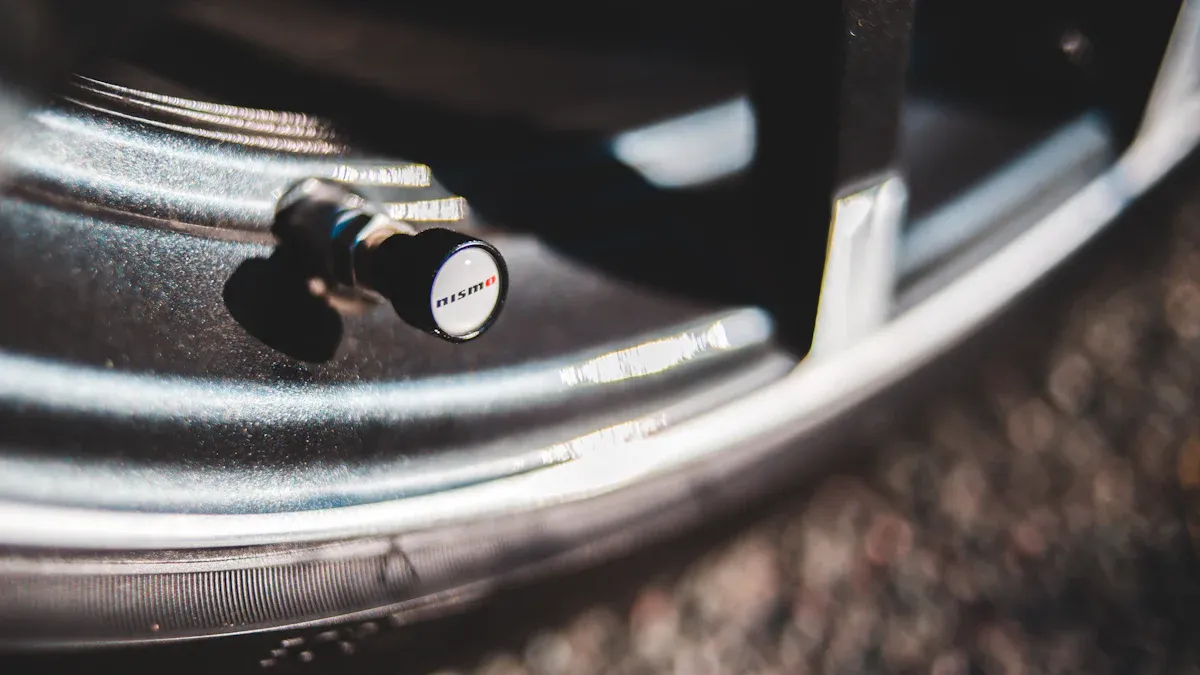
Rubber vs. metal TPMS valve stems
When you choose a TPMS valve stem, you often pick between rubber and metal. Each type has unique strengths for city driving.
- Rubber snap-in TPMS valve stems are flexible and resist corrosion. You can install them quickly, and they cost less. Many drivers like them for daily use. However, rubber stems can wear out faster in city traffic. Sunlight and heat may cause them to crack. Some drivers report that rubber stems fail more often, especially when you use external sensors. You might see leaks or even blowouts within a month if you drive on rough city roads.
- Aluminum clamp-in valve stems, a type of metal stem, offer more durability. They create a tight seal and handle vibration better. Metal stems last longer and work well with TPMS sensors. You need to check them for corrosion and tighten them sometimes, but most users find they have fewer failures. If you want a long-lasting solution, metal stems are a smart choice.
Note: Manuals for some TPMS systems recommend metal valve stems for better reliability, especially if you use your vehicle every day in the city.
OEM vs. universal TPMS valve stems
You can buy OEM or universal stems for your sensors. OEM stems come from the same brand as your car’s original parts. They fit perfectly and are easy to install. Universal stems work with many types of sensors and vehicles. They give you more flexibility if you have different cars or aftermarket wheels.
Here is a quick price comparison:
| Product Type | Example Brand/Model | Price Range (USD) | Key Features & Notes |
|---|---|---|---|
| OEM TPMS Sensors | Huf Baolong Electronics, Schrader | $36.99 – $58.99 | Preprogrammed, direct-fit, easy install, metal valve options |
| Universal TPMS Sensors | Huf North America, Autel MX-Sensor | $42.99 – $52.99 | Programmable, broad coverage, interchangeable stems (rubber, metal) |
| Valve Stems Only | Autel Chrome Metal Press-in Valve | ~$7.99 | Inexpensive, must pair with sensors, available in metal or rubber |
| Bulk Universal Sensors | Autel MX-Sensor 20-pack | ~$23.35 each | Bulk savings, programmable, universal fit |
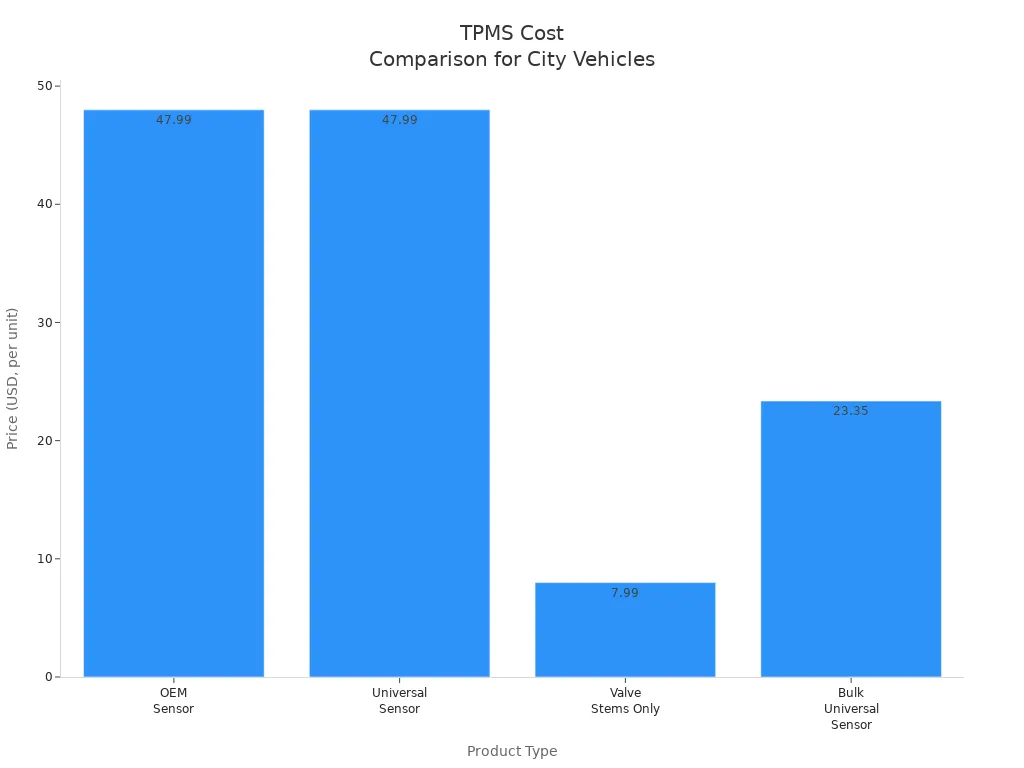
Best TPMS valve stem types for urban use
City driving puts extra stress on your sensors and stems. Stop-and-go traffic, potholes, and frequent tire changes can shorten the lifespan of your TPMS sensors. Most sensors last about 5 years in city conditions. Metal stems, like aluminum clamp-in valve stems, usually last longer and have fewer failures. They give you a tight seal and better stability for your sensors. Rubber stems are easier to install and cost less, but you may need to replace them more often.
If you want the best value, choose metal stems for durability and pair them with quality sensors. For quick fixes or frequent tire changes, rubber snap-in TPMS valve stems work well. Always check your stems and sensors during tire service to keep your TPMS working in city traffic.
Best TPMS valve stem options for factory systems
Top OEM-compatible TPMS valve stems
When you want the best fit for your city car, you should look for OEM-compatible TPMS valve stems. These stems match the original parts that came with your vehicle. They help your TPMS sensors work as the factory intended. Many top brands make these stems, and they offer different types for different needs.
Here is a table showing some of the most popular OEM-compatible options for city vehicles:
| Manufacturer | Product Line / Model | Valve Stem Type | Frequency (MHz) | Compatibility | Programmability | OEM Compatibility | Additional Features |
|---|---|---|---|---|---|---|---|
| Schrader | EZ-sensor (33500-12) | Snap-In Rubber | 314.9, 315, 433 | Most OE sensors and programming tools | Programmable, multi-frequency | Direct OE replacement, meets OEM specs | Future-proofed, reduces inventory costs |
| Schrader | Direct Fit Sensor (29166) | Clamp-In Aluminum | Preprogrammed | Specific make/model/year | Not blank, ready out of box | Genuine OE replacement, meets OE quality | Needs relearn with OBD tool |
| Schrader | Programmable Sensor (33500-4) | Snap-In Rubber | 314.9, 315, 433 | Most OE sensors and programming tools | Programmable, multi-frequency | Direct OE replacement | Use service kit for valve replacement |
| Autel | MX-Sensor 1-Sensor (1-SENSORM) | Press-in Aluminum | 315 & 433 | 99% compatible with OE sensors | Programmable with Autel tools | Meets SAE standards J1205 & J1206 | Press release button for valve stem replacement |
| Autel | MX-Sensor 1-Sensor (Rubber) | Snap-In Rubber | 315 & 433 | 99% compatible with OE sensors | Programmable with Autel tools | Meets SAE standards J1205 & J1206 | 100% ID clone-able, no relearn required |
| Huf North America | Universal Sensor (UVS7051) | Not specified | 315 & 433 | Compatible with factory systems | Programmable | Performs identically to OEM sensors | Professional installation suggested |
You can find standard and TPMS valve stems that work with both factory and aftermarket sensors. Some stems use steel to match factory alloy or chrome wheels. Specialty stems exist for brands like Mopar, BMW, Mini, and Rolls Royce. Huf TPMS valve stems snap into Huf sensor units, making them easy to use with factory systems.
Most reliable TPMS valve stems for daily city driving
You need reliable TPMS valve stems if you drive in the city every day. City roads can be rough, and you may face stop-and-go traffic. Reliable stems help your sensors last longer and keep your tire pressure readings accurate.
- Schrader’s Direct Fit Sensor and EZ-sensor lines give you strong performance. These stems meet OEM standards and work well with most city vehicles.
- Autel’s MX-Sensor 1-Sensor series offers both rubber and metal options. These stems fit almost all OE sensors and meet strict SAE standards.
- Huf North America’s Universal Sensor works with many factory systems. It performs just like an original sensor and is a good choice for city cars.
Tip: Choose a valve stem that matches your sensor and your driving style. If you want easy installation, snap-in rubber stems work well. For more durability, clamp-in aluminum stems are a smart pick.
You can also find specialty stems for unique needs. For example, some stems fit square or parallel keyed wheels on Mopar vehicles. Others come with screws for BMW, Mini, or Rolls Royce. These options help you keep your TPMS working, no matter what city car you drive.
Cost and availability of factory TPMS valve stems
You want to know how much it costs to replace a factory TPMS valve stem. The price can change based on your car and the type of stem you need. On average, individual valve stems cost between $4.99 and $11.49. If you buy a kit with four stems, you might pay around $11.49 for the set. Some city drivers need to replace both the sensor and the stem. Kelley Blue Book says the average cost for a full TPMS sensor replacement, including the stem, is between $314 and $368.
Factory TPMS valve stems are easy to find for most city cars. Suppliers offer stems for many popular models, including the Nissan Micra, Renault Zoe, Fiat 500X, Citroen C-Zero, Peugeot iOn, Renault Megane 4, Nissan Leaf, and Mitsubishi Mirage. These stems cover both gas and electric vehicles from recent years. Dill Valves even has a free online tool that helps you check which stem fits your car. This wide support means you can keep your TPMS working, no matter what city car you drive.
Note: Professional installation is often recommended for factory TPMS valve stems. This helps you avoid leaks and keeps your sensors working at their best.
Best TPMS valve stem options for aftermarket systems
Universal TPMS valve stem picks
You want a TPMS valve stem that fits many vehicles and works with different sensors. Universal options give you flexibility, especially if you use aftermarket wheels or change cars often. These stems work with most TPMS sensors and make it easy to keep your system running in city traffic.
Here is a table showing top universal picks for city drivers:
| Product / Brand | Key Features | Compatibility | Installation | Valve Stem Type | Additional Notes |
|---|---|---|---|---|---|
| Autel MX-Sensor 1-Sensor | Programmable, covers 315MHz & 433MHz, reprogrammable, 99% OE compatibility | Most OE and aftermarket systems | Professional install recommended | Interchangeable rubber or metal | Bulk packs, strong signal, reliable battery |
| Schrader Direct Fit TPMS Sensor | Preprogrammed, OE quality, snap-in rubber valve, tested for OE standards | Vehicle-specific fitment, needs relearn | Professional install, relearn needed | Snap-in rubber | OE supplier, ready out of box |
| Autel Metal Press-in Valve Stems | Interchangeable metal, patented press release, corrosion protection | For Autel 1-Sensor series | Easy install, no special tool needed | Metal press-in | Durable, resists corrosion |
You can see that these stems offer broad compatibility. You can use them with many types of sensors and wheels. This makes them a smart choice for city drivers who want to keep their TPMS working without hassle.
Easiest TPMS valve stems to install for city drivers
You want a TPMS valve stem that you can install quickly. City drivers often need fast solutions because of busy schedules and frequent tire changes. Some stems make installation simple, even if you do not have special tools.
- Autel Metal Press-in Valve Stems let you swap out stems without a valve fitting tool. You press them in by hand, which saves time.
- Snap-in rubber stems, like those from Schrader, also make installation easy. You push them into place with a valve puller. This method works well if you want to do the job yourself or need a quick fix at a tire shop.
- Dill Air Control Clamp-In Stems fit many popular vehicles, including GM, Ford, Chrysler, and Subaru. You can use them with different rim hole sizes, and they handle high inflation pressures up to 200 PSI.
Tip: If you want the fastest install, choose a snap-in rubber stem. If you want more durability, try a metal press-in stem that does not need extra tools.
Versatility and value in aftermarket TPMS valve stems
Aftermarket TPMS valve stems give you more options than factory stems. You can find stems that fit almost any car, truck, or SUV. Many stems now use programmable sensors that cover 99% of vehicles with just one part number. This makes it easy to keep a spare on hand or stock your shop.
Here is a table showing the value and versatility of popular aftermarket stems:
| Product Name | Key Features | Price Range |
|---|---|---|
| Autel Metal Press-in Valve Stems | Interchangeable metal/rubber, no tools needed, corrosion protection | From $11.49 |
| Dill Air Control Clamp-In Stem (0.453″) | Fits many brands, 0.453″ rim holes, max 200 PSI | From $9.49 |
| Dill Air Control Clamp-In Stem (0.625″) | Fits 0.625″ holes, nickel plated, max 200 PSI | From $29.99 |
You can also find features like adjustable stems, 90-degree angles, and different colors. These options help you match your wheels and make maintenance easier. Some retrofit kits let you add TPMS to older vehicles. Newer stems may include wireless auto location and temperature readings, which add value and reliability.
Note: Easy installation and corrosion protection help you save money on maintenance. You get more value from stems that last longer and fit many vehicles.
You can choose a TPMS valve stem that fits your needs, whether you want easy installation, broad compatibility, or extra features. Aftermarket stems give you the flexibility and value you need for city driving.
How to choose the right TPMS valve stem
Step-by-step TPMS valve stem selection guide
You can find the right TPMS valve stem by following a few simple steps. First, check your vehicle’s manual or look at your current valve stem. This helps you know if you need a rubber or metal stem. Next, match the stem type to your tire and wheel. Some wheels need a clamp-in metal stem, while others use a snap-in rubber stem. After that, make sure the stem fits your TPMS sensor. Many sensors work with both types, but always double-check before you buy. When you visit a tire shop for service, ask the technician to inspect your valve stems for wear or damage. If you see cracks or corrosion, replace the stem right away. You can also ask about the best stem for your city driving needs.
Key factors for city drivers to consider
City drivers face unique challenges. You stop and start often, and you may drive over potholes or rough roads. You want a valve stem that can handle these conditions. Look for stems made from strong materials. Metal stems last longer, but rubber stems are easier to install during a quick tire repair. Always choose a stem that matches your tire pressure sensor. If you change tires often, pick a stem that is easy to replace during service. Make sure the stem can handle the air pressure your tires need. Some stems work better with high-pressure tires, while others are best for standard city driving.
Budget-friendly TPMS valve stem tips
You can save money by choosing cost-effective TPMS valve stems. Many city drivers pick rubber snap-in stems for easy installation and low price. Here is a table with some of the most affordable options:
| Brand / Model | Valve Stem Type | Price Range | Key Features |
|---|---|---|---|
| Xtra Seal | Rubber Snap-In | $4.99-$7.99 | Easy install, chromed sleeve, fits GM vehicles |
| Dill Air Control | Snap-In Rubber | $6.49 | Fits 0.453″ rim hole, up to 80 PSI |
| Dill Air Control | Clamp-In Metal | $9.49 | Black anodized, fits 0.453″ rim hole, up to 200 PSI |
| Autel | Metal Press-In | Higher price | Corrosion protection, tool-free press release design |
You can ask your tire service shop about these brands. Rubber stems cost less and work well for most city cars. Metal stems cost more but last longer, which can save you money on future repair. Always check the stem’s fit and pressure rating before you buy. If you want the best value, compare prices and features before your next tire service.
TPMS valve stem installation and maintenance
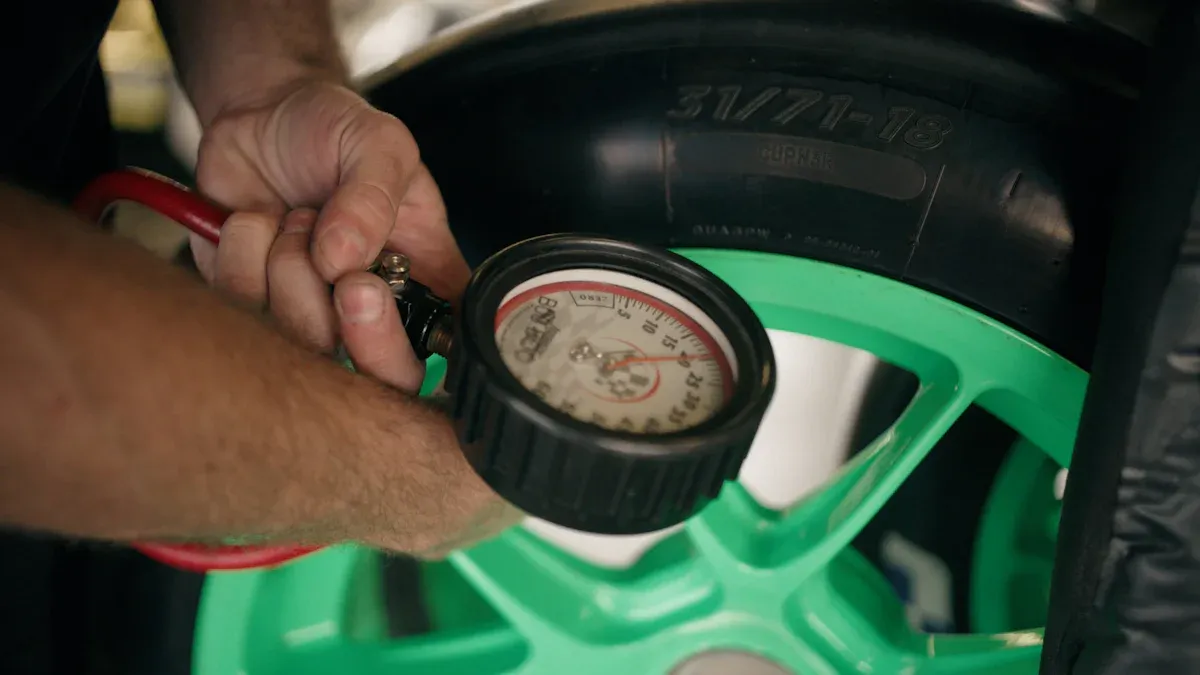
DIY TPMS valve stem installation steps
You can install a TPMS valve stem at home if you have the right tools and a little patience. Start by removing the tire from the wheel. Use a valve core tool to release all the air. Next, push the old valve stem out of the rim. Clean the hole before you insert the new stem. If you use a rubber stem, pull it through the hole until it snaps into place. For a metal stem, insert it and tighten the nut to the correct torque. Always use a service kit when you install a new stem. The kit includes a new core, cap, and grommet. These parts help prevent slow air leaks and keep your TPMS sensor working. After you finish, remount the tire and inflate it to the right pressure. Check for leaks with soapy water. If you see bubbles, you need to repair the seal.
Maintenance tips for city driving conditions
City driving puts extra stress on your TPMS valve stems. You stop and start often, and your tires face heat and rough roads. Check your valve stems during every tire service. Look for cracks, hard rubber, or signs of corrosion. Use plastic valve caps to avoid metal caps fusing to the stem. Store your car in a garage or use a cover to protect the stems from sunlight. Replace worn parts with a tpms service kit to keep your system reliable. Always use high-quality pressure gauges when you check your tires. If you notice slow air leaks, inspect the valve stem and core for damage. Proper care helps you avoid costly repair and keeps your TPMS working in the city.
When to replace your TPMS valve stem
You should replace your TPMS valve stem if you see cracks, leaks, or corrosion. If the rubber feels hard or brittle, it is time for a new stem. Replace the stem every time you change your tires or TPMS sensor. Use a service kit to swap out the core, cap, and grommet. This prevents slow air leaks and sensor failure. If you notice a drop in tire pressure or get a warning light, check the valve stem first. Quick repair can save you from bigger problems. Regular service keeps your city driving safe and smooth.
You have many TPMS valve stem options for city driving. Factory stems from brands like Schrader and Huf give you a perfect fit. Aftermarket choices, such as Autel and Fortune (Hinuos), offer flexibility and value. For the best results, choose a metal stem for long life or a rubber stem for easy service. Always check your valve stems during every tire service. Regular care keeps your TPMS working and your city drives safe.
FAQ
How often should you replace your TPMS valve stems?
You should replace your TPMS valve stems every time you change your tires or notice cracks, leaks, or corrosion. Most experts recommend checking them at least once a year, especially if you drive daily in the city.
Can you install TPMS valve stems yourself?
Yes, you can install TPMS valve stems at home with basic tools. Use a valve core tool, a tire removal tool, and a torque wrench for metal stems. Always follow the instructions for your specific valve stem type.
What is the difference between rubber and metal TPMS valve stems?
Rubber stems are flexible and easy to install. They cost less and work well for quick repairs. Metal stems last longer and provide a tighter seal. You should choose metal for durability and rubber for convenience.
Do all TPMS valve stems fit every car?
No, not all TPMS valve stems fit every car. You need to check your vehicle’s manual or current stem type. Some stems are universal, but many require a specific size or design to match your wheels and sensors.
Why does city driving affect TPMS valve stem lifespan?
City driving causes frequent stops, starts, and exposure to potholes. These conditions put extra stress on valve stems. Heat and sunlight in urban areas can also speed up wear. Regular checks help you catch problems early.
